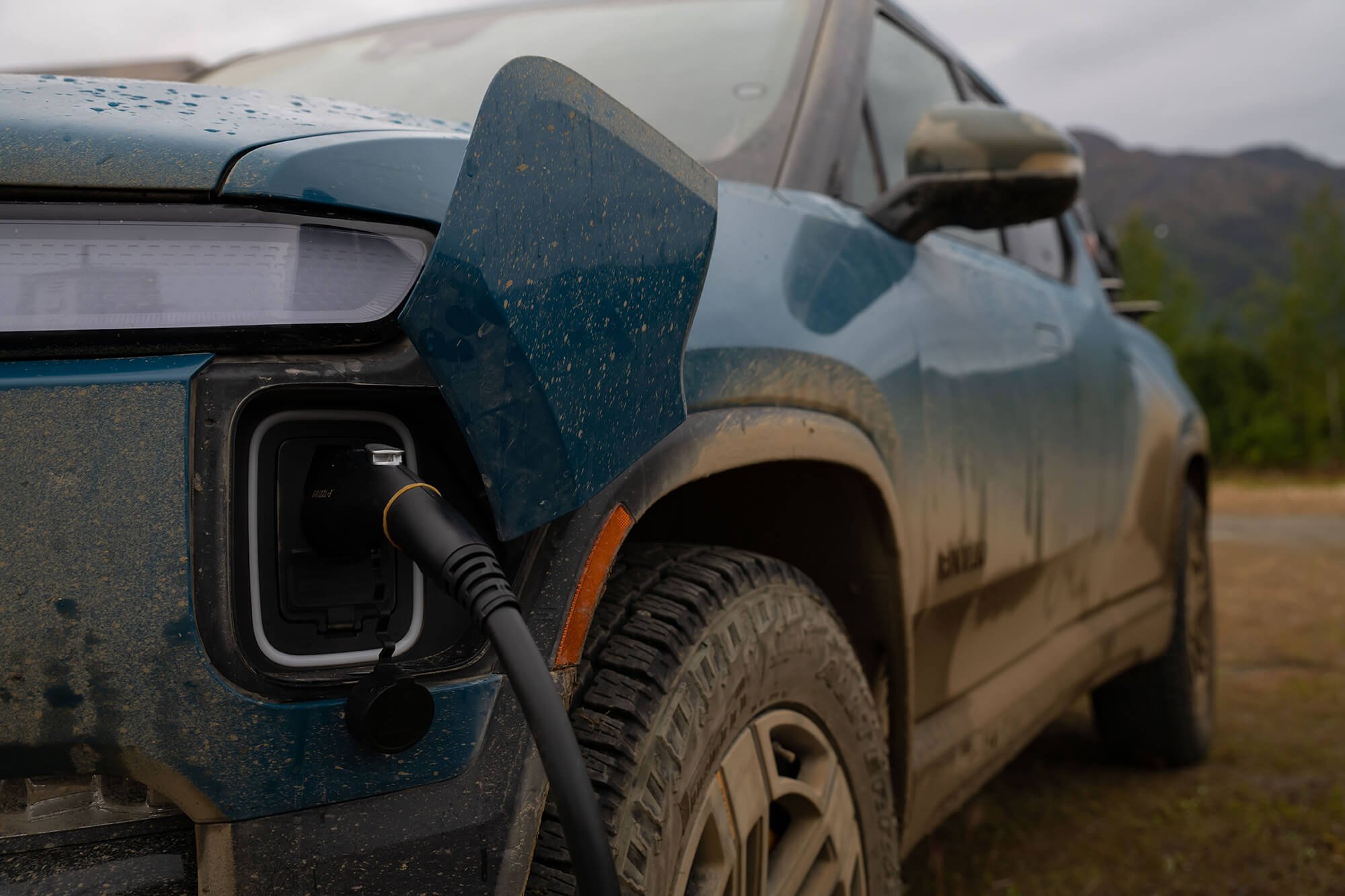Technology Verticals
Energy, transportation, and industry are the building blocks of modern existence, and we work to catalyze rapid innovation across all three sectors.
Alaska is the perfect place to start. This state provides all the right conditions for tech deployment: strong community connections, vast local knowledge, abundant renewable resources, environmental extremes, and infrastructural challenges create opportunities for companies to maximize their positive impact.
Are you building a game-changing technological solution to major problems affecting energy, transportation, or industrial sustainability? We want to hear from you. Browse the menu for specific tech examples, set up a one-on-one call with program staff, or apply for Tech Deployment Track today.
-
Alaska’s assets and opportunities in energy are tremendous. We are a leader in microgrids and have vast undeveloped renewable energy resources. At the same time, Alaska’s high costs of energy further improve the case for new technologies that move us toward a more sustainable future. Here are a few examples of the energy technologies we’d love to help support.
Battery/solar panel recycling
Biofuels, especially drop-in fuels for aviation and shipping
Clean energy generation solutions: solar, nuclear, wind, thermal, ocean and hydro, waste-to-energy
Demand-side management and energy efficiency
Geothermal
Grid management and resiliency
Hydrogen
Long-duration energy storage
Microgrid technologies
-
We focus on the following transportation modes: road, maritime, rail, and aviation. Alaska is an air crossroads of the world, strategically located less than 9.5 hours by air from 90 percent of the industrial world and is ideal for cold weather testing for all modes of transportation. But it also is remote, with extreme distances between populations, and a lack of resilience in critical infrastructure that is ripe for innovation. Launch Alaska is seeking technology and business model solutions to catalyze innovation within the transportation sector while improving service and driving down costs to communities in Alaska and its connected markets. Here are a few examples:
Alternative fuels
Autonomous vehicles
Aviation
Electric transportation
Last-mile transport
Maritime
Mobility
Shipping and logistics
Unmanned aerial vehicles
-
We define industry broadly, including Alaska’s legacy sectors of oil and gas, seafood processing, timber and forest products, and mining. We also include chemicals, industrial processes/improvements, mariculture, water/wastewater, carbon tech, and manufacturing.
3D modeling
Augmented and virtual reality
Carbon tech
Hydrogen production
Industrial internet of things (IIoT)
Low-carbon environmental remediation
Low-carbon fuels, feedstocks, and energy sources (LCFFES)
Low-footprint industrial processes
Permafrost management and ice engineering
Predictive maintenance
Robotics and automation
Water/wastewater sanitation

